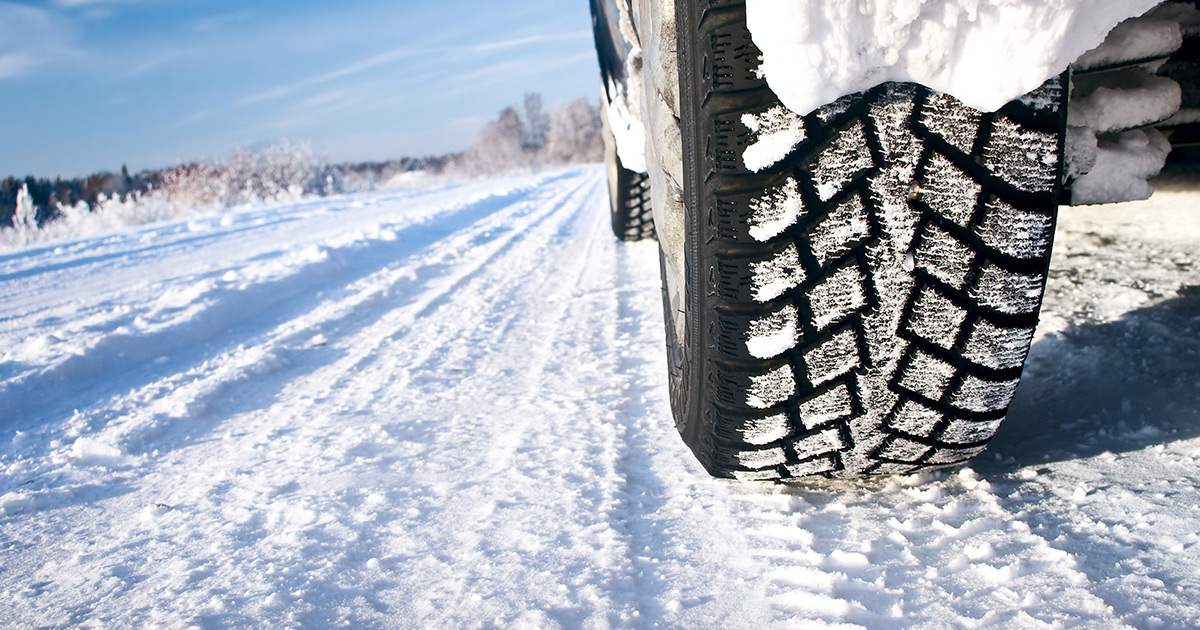Between the snow, ice and cold temperatures, winter driving can be a challenge most of us would like to avoid. Don’t let winter get you down. Here are a few winter driving and road safety tips to help you keep your car and your passengers safe during the chilly months!
Winterize your car before winter driving season.
Get ready for the freezing temps, ice and snow well before they arrive. Make sure to check fluids such as antifreeze, oil and windshield fluid. Also, check your battery, brakes, exhaust system, tires, heater and defroster to be sure they are working correctly and are ready for the demands of winter driving.
Have your winter supplies prepared before the first frost.
At minimum, be sure you put the following in your car: flashlight, blanket, sand or salt and a snow or ice scraper. Double check that your spare tire is inflated and you have tools (and the ability) to change it. Make sure you know where your jumper cables are and you know how to use them safely.
In addition, try to always have a full or near full tank of gas, a charged cell phone, a shovel plus extra food, water and gasoline for emergency situations.
Tell others before you head out into the cold.
If you need to travel during a winter storm, or if you’re leaving when a winter storm is predicted, let a friend or relative know when you leave and when you expect to arrive. Be sure to call them once you arrive or have a plan for letting that person know you’re safe.
Check road conditions if a winter storm is near.
Check with the Department of Transportation of the state in which you’re driving for specific information about driving conditions in that state. Some states have laws requiring tire chains or may close roads to do avalanche control work.
Review cold weather driving rules for the road.
The general rules of safer driving still apply, but during winter driving you want to remember to slow down and avoid fast turns or hard breaking. Leave extra space between your car and the car ahead of you. Do not use cruise control in wintry weather. Roads that appear to be fine may have a sudden slick spot, and tapping on the break even lightly to stop cruise control could be hazardous. The American Automobile Association (AAA) also recommends the following winter driving tips:
- Don’t pump anti-lock brakes.
- Look further ahead in traffic than you normally do.
- Avoid using your parking brake to slow or stop.
- Look and steer in the direction you want to go.
- Try to avoid needing to stop when going uphill.
What to do if you get stuck in snow or ice.
If you don’t have sand, use clay-based cat litter to add traction. Spreading litter in front of or behind the wheels of your car gives tires more grip and can help make it easier to get out of a ditch or into your driveway during icy or snowy conditions.
You can also use car mats behind tires to gain initial traction when you really need it.
Pay attention to car seat harnesses.
Thick snowsuits or heavy coats keep your children warm, but can also interfere with the proper fit of the car seat harness. Be sure the harness is snug and secure and place blankets around your child to keep them warm.
If you’re stranded in your car during a winter driving emergency.
Remember these safety tips:
- Stay inside your car.
- Make sure the exhaust pipe is not blocked.
- Run the motor for ten minutes each hour.
- Crack the windows to avoid carbon monoxide poisoning.
- Raise the hood after the snow has stopped.
- Tie a colored cloth to your antenna or door.
- Exercise to keep warm and keep your blood flowing.
Perhaps one of the best tips for winter driving is if you really don’t have to head out on the road, don’t. Carefully consider the travel conditions and any risks you’re taking. Don’t let winter driving mistakes create ongoing problems.



